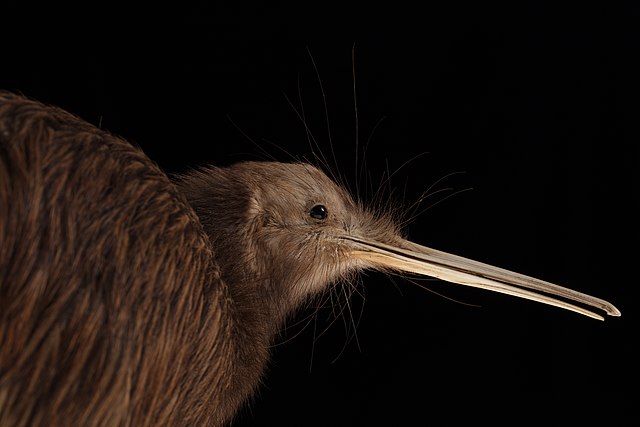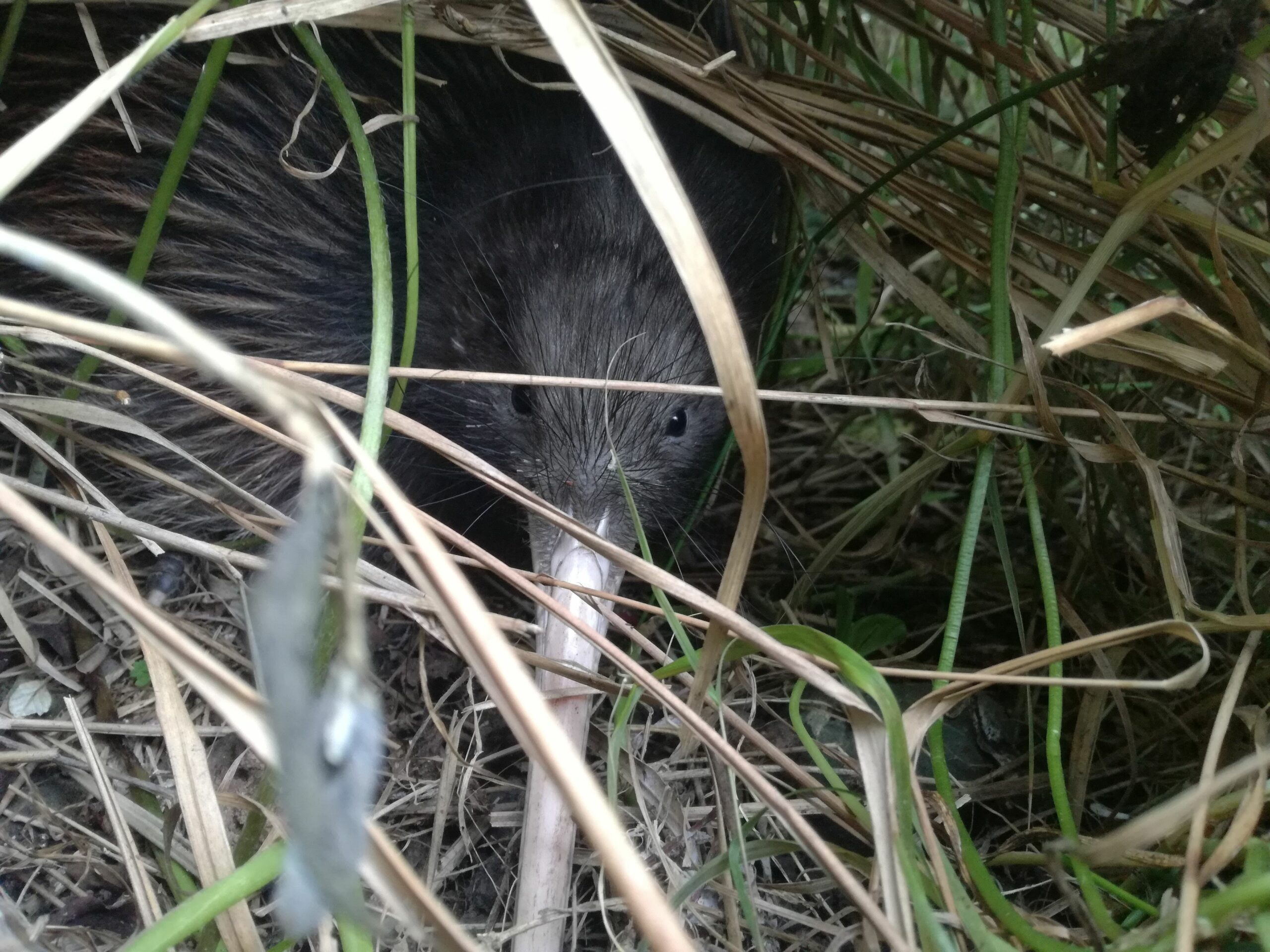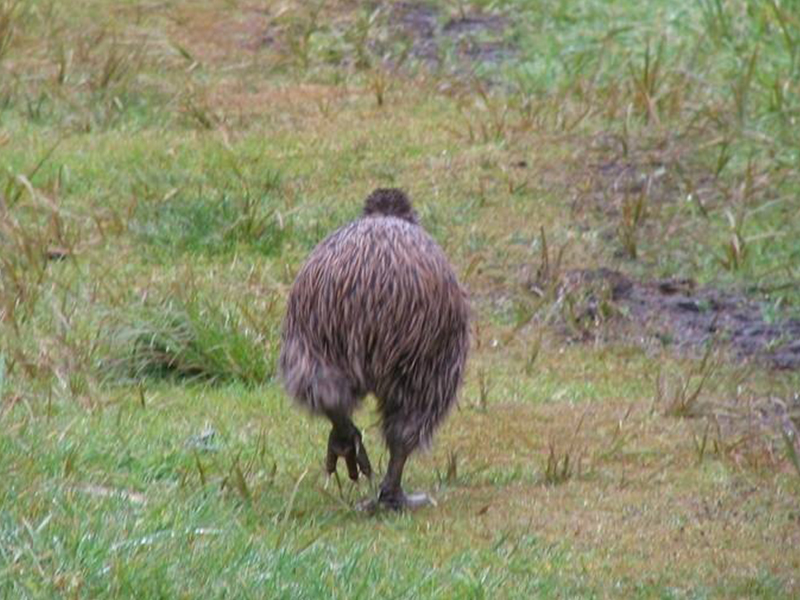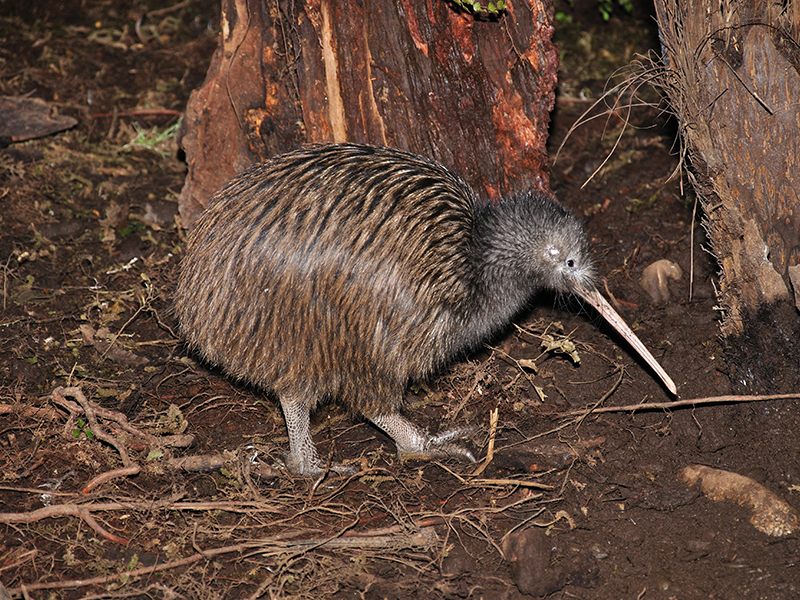
NEW ZEALAND BROWN KIWI ENCLOSURE
The Kiwi is New Zealand’s national icon and part of our world-wide image.
New Zealanders have been ‘Kiwis” since the days of the First World-War.
It is a nickname bestowed by fellow Australian soldiers using their boot polish that had the image of a Kiwi on the tin – placed there in honour of the makers wife’s homeland and it stuck.
Kiwi are a natural fit with New Zealander’s national psyche – we relate to their quirkiness.
Kiwi evolved over millions of years of isolation from mammals.
There are three populations of Kiwi endemic to the West Coast, these being; the Haast Tokoeka which is considered Nationally Vulnerable, The Rowi kiwi which is from the Franz Josef area and is classified as Nationally Endangered, and the Great Spotted Kiwi that is now classified as Nationally Vulnerable. All of these species fall under the umbrella category of ‘Threatened’.
Visit our Kiwis
Hokinga Mai
DOB 2/12/17 Male.
Hokinga Mai – To Return.
Turehu
DOB 18/1/18 Male.
Turehu – Pale One.
Our centre is one of the top places to see Kiwi, and a must-do family-friendly activity in Hokitika.
The Kiwi is flightless, largely nocturnal and more like mammals than a bird.
The feathers are hair-like, they have whiskers like a cat and heavy marrow-filled bones with strong muscular legs.
At the tip of their very long beak are the external nostrils which Kiwi use to find food in the ground.
The Kiwi’s large feet have fleshy pads with strong claws, well adapted for digging burrows.
Why can we only see the Kiwi in the dark?
The Kiwi is a predominantly nocturnal bird, coming out to feed at night. Their limited eyesight is very sensitive to light.
What does the Kiwi eat?
The Kiwi uses its extraordinary bill to probe deeply into the ground for food.
There is a sensory organ at the tip of the bill that detects the vibrations of worms and other forest floor invertebrates.
They will also feed on spiders, slugs, snails, woodlice, centipedes, weta and crickets. Kiwi
They have been known to fish for Crawly as well.



West Coast Kiwi
The West Coast is the home of the most critically endangered kiwi in New Zealand.
The Rowi is found in the Okarito Forest in South Westland.
We also have the Haast Tokoeka found in the sub-alpine grasslands near Haast and the Great Spotted Kiwi found from Arthurs Pass to the Paparoa ranges and the North Western top of the South Island.
The Haast Tokoeka is distinguished by its brown/grey plumage with a reddish tinge.
The Rowi are distinguished by their greyish
The numbers of these Kiwi had dwindled to approximately 350 of each species. This has been due to the devastation caused by stoats, rats, possum, dogs, feral cats and motor vehicles.
Thanks to the efforts of landscape scale predator control and operation nest egg, these numbers have grown to 500 Rowi, 400 Haast Tokoeka and approximately 15,000 Roroa (Great spotted kiwi).
The main predator is the stoat; they will go into the burrows of kiwi and eat the egg or kill kiwi chicks.
The National Charity Save the Kiwis, in partnership with the Department of
This programme enables the kiwi sanctuaries in Okarito and Haast to be carefully monitored and the kiwi eggs to be taken to incubation sites where they are hatched and then the chicks are sent to predator-free islands to grow.
When the chicks are big enough they are transported to a safe island: Rowi
Here they spend 12 months reaching a stoat-proof size, before returning to their home on the West Coast.
Little Spotted Kiwi:
Are located on several offshore islands.
Okarito Kiwi:
Are local to the West Coast and one of the rarest Kiwi.
North Island Brown Kiwi:
Widely dispersed across the North Island.
Southern or Tokoeka Kiwi:
From the lower regions of the South Island around Fiordland, Haast and Rakiura (Stewart Island).
Great Spotted Kiwi:
Can be located in the Paparoa Ranges up to the Abel Tasman.
